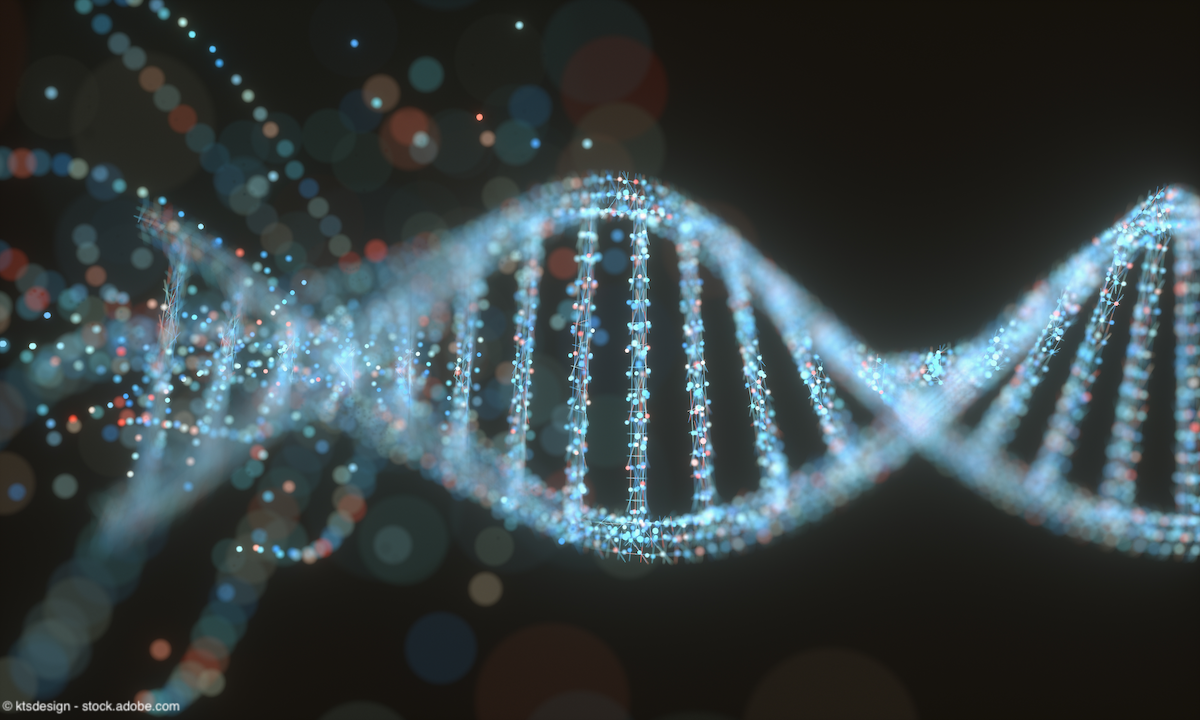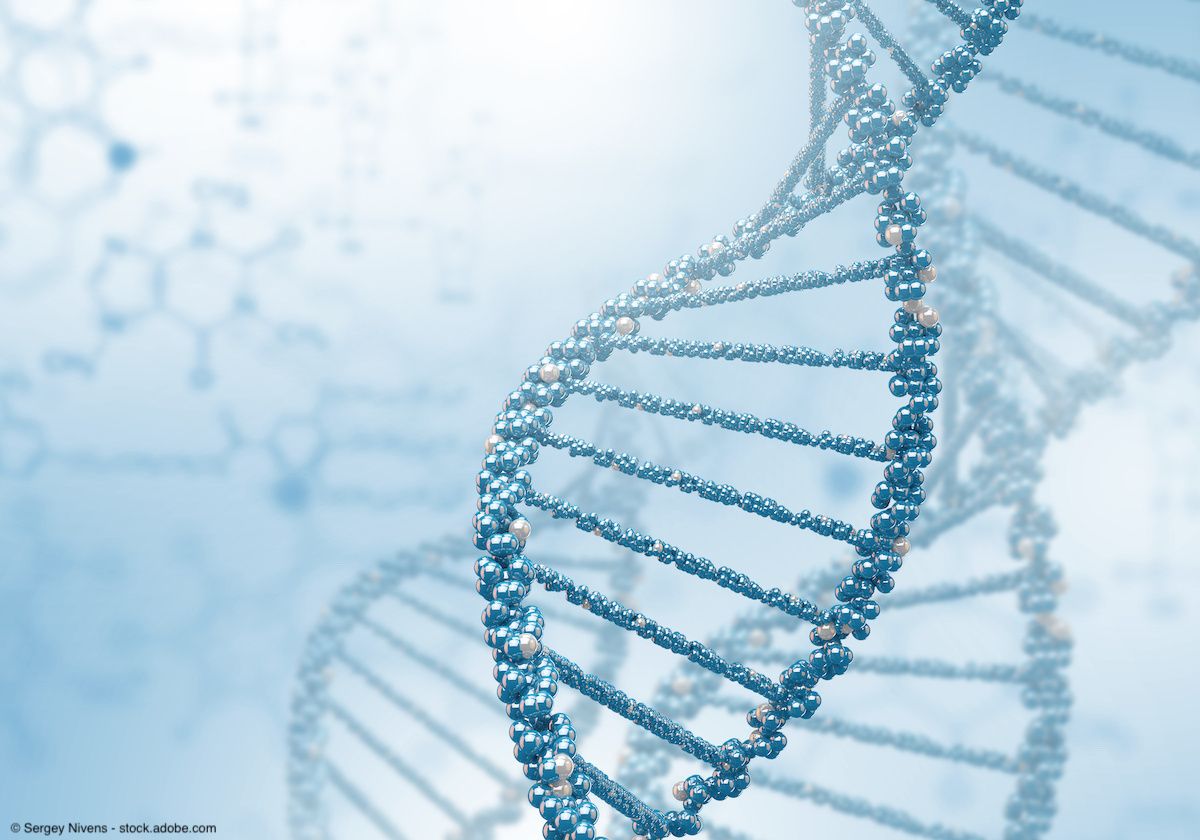Article
Decipher genomic classifier shows prognostic value in intermediate-risk prostate cancer
Author(s):
Patients classified as GC high risk had a 5-year disease progression of 40%, compared with 20% among GC low-risk patients.
Findings from a phase 3 randomized trial validated the biopsy-based Decipher 22-gene genomic classifier (GC) in risk stratification of men with intermediate-risk prostate cancer.1
The primary end point of the study was time to disease progression, defined as biochemical failure, distant metastasis, prostate cancer-specific mortality, or receipt of salvage therapy.

The study included 215 archived patient biopsy samples for analysis, collected from a phase 3 trial (NCT00033631) in which patients received a standard dose (70.2 Gy) or dose-escalated (79.2 Gy) external beam radiotherapy without androgen deprivation therapy. GC scores grouped 81% of the patients as low-risk, 10% as intermediate-risk, and 9% as high-risk. Re-weighting the scores based on age resulted in a distribution of 54%, 19%, and 27% for low-, intermediate-, and high-risk, respectively. Median follow-up time was 12.8 years.
The primary end point of the study was time to disease progression, defined as biochemical failure (BF), distant metastasis (DM), prostate cancer-specific mortality (PCSM), or receipt of salvage therapy. Secondary end points included time to BF, time to DM, time to PCSM, and time to receipt of salvage therapy.
Investigators found that the 22-gene GC was independently prognostic for disease progression (P = .04) upon multivariate analysis. Patients classified as GC high risk had a 5-year disease progression of 40%, compared with 20% among GC low-risk patients.
The model was also found to be prognostic for all secondary end points even after accounting for highly prognostic factors such as Gleason score.
BF at 5 years among patients in the GC high-risk group was 56%, compared with 33% for GC low-risk group (P < .001). 10-year DM among patients classified as GC high risk was 16%, compared with 4% for GC low-risk patients (P = .01). Patients classified as GC high risk had a 10-year PCSM of 21%, compared with 4% for GC low-risk patients (P < .001). Receipt of salvage therapy in 5 years was 30% among GC high-risk patients and 13% for GC low-risk patients.
The gene-based GC was also prognostic for both exploratory end points of metastasis-free survival (MFS) and overall survival (OS). At 10 years, MFS was 48% among GC high-risk patients and 63% among GC low-risk patients. Overall, the 10-year difference in MFS rate between arms was -7% for GC low-risk patients, compared with 21% for GC high-risk patients (P = .04). Data also showed that 10-year OS was 53% for GC high-risk patients and 65% for GC low-risk patients.
Decipher 22-gene GC is currently available in the US for use in patients with prostate cancer.
Reference
1. Spratt DE, Liu VYT, Michalski J, et al. Genomic classifier performance in intermediate-risk prostate cancer: Results from NRG Oncology/RTOG 0126 randomized phase III trial. Int J Radiat Oncol Biol Phys. [published online ahead of print May 1, 2023]. Accessed May 25, 2023. doi:10.1016/j.ijrobp.2023.04.010.
Newsletter
Stay current with the latest urology news and practice-changing insights — sign up now for the essential updates every urologist needs.















